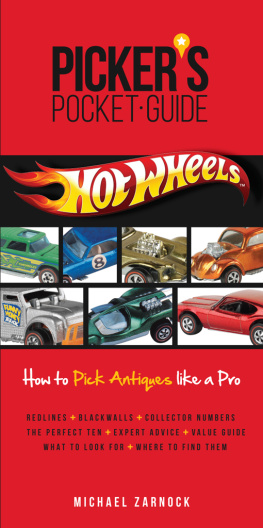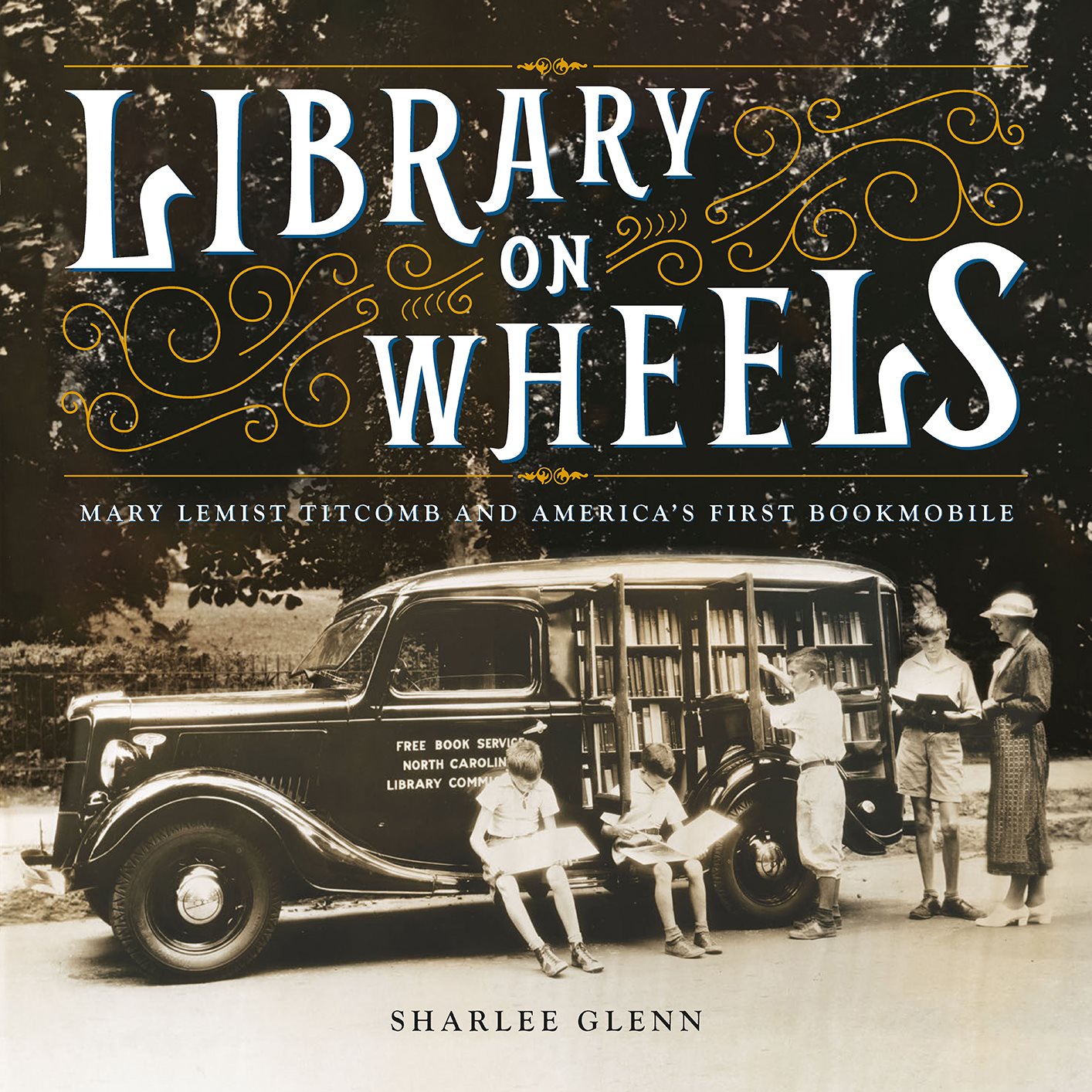Table of Contents
Guide

MARY LEMIST TITCOMB AND
AMERICAS FIRST BOOKMOBILE
Sharlee Glenn
Abrams Books for Young Readers
New York

Note from the designer: The period paper elements and
postage stamps incorporated into this books
design came from my personal collection. Many of the
items belonged to my great-grandparents and date back to
the early 1900s. The text font, Goudy Old Style, was
designed by Frederic W. Goudy in 1915, and the display
font, Smythe, is a contemporary take on Victorian-era
typefaces designed by Vernon Adams.
Cataloging-in-Publication Data has been applied for and
may be obtained from the Library of Congress.
ISBN 978-1-4197-2875-4
eISBN 978-1-68335-292-1
Text copyright 2018 Sharlee Glenn
Owing to limitations of space, all illustration credits
can be found on .
Cover and book design by Melissa J. Barrett
Front cover art the Franklin D. Roosevelt Presidential Library
Back cover art the Washington County Free Library
Front cover: Bookmobile in North Carolina inspired by
Mary Lemist Titcombs original
Back cover: The motorized version of Marys bookmobile in
Washington County, Maryland
Published in 2018 by Abrams Books for Young Readers,
an imprint of ABRAMS. All rights reserved. No portion of
this book may be reproduced, stored in a retrieval system,
or transmitted in any form or by any means, mechanical,
electronic, photocopying, recording, or otherwise, without
written permission from the publisher.
Abrams Books for Young Readers are available at special
discounts when purchased in quantity for premiums and
promotions as well as fundraising or educational use. Special
editions can also be created to specification. For details,
contact specialsales@abramsbooks.com or the address below.
ABRAMS The Art of Books
195 Broadway, New York, NY 10007
abramsbooks.com

For Mary and
all the other unsung
heroines of history

Mary Lemist Titcomb, 1925
The happy person is the
person who does something.
M
ary Lemist Titcomb

grew up wanting to do things. The prob-
lem was, people were always telling her
that she couldnt. She couldnt do this,
because she was too young. She couldnt
do that, because she was a girl, or because
her family didnt have enough money, or
because it just wasnt practical. But Mary
never gave up.
There are no existing photos of Mary as a young girl,
but she may have looked something like this 1850s
New England farm girl.
Titcomb family home in Farmington, New Hampshire

Map of Farmington, New Hampshire, 1877
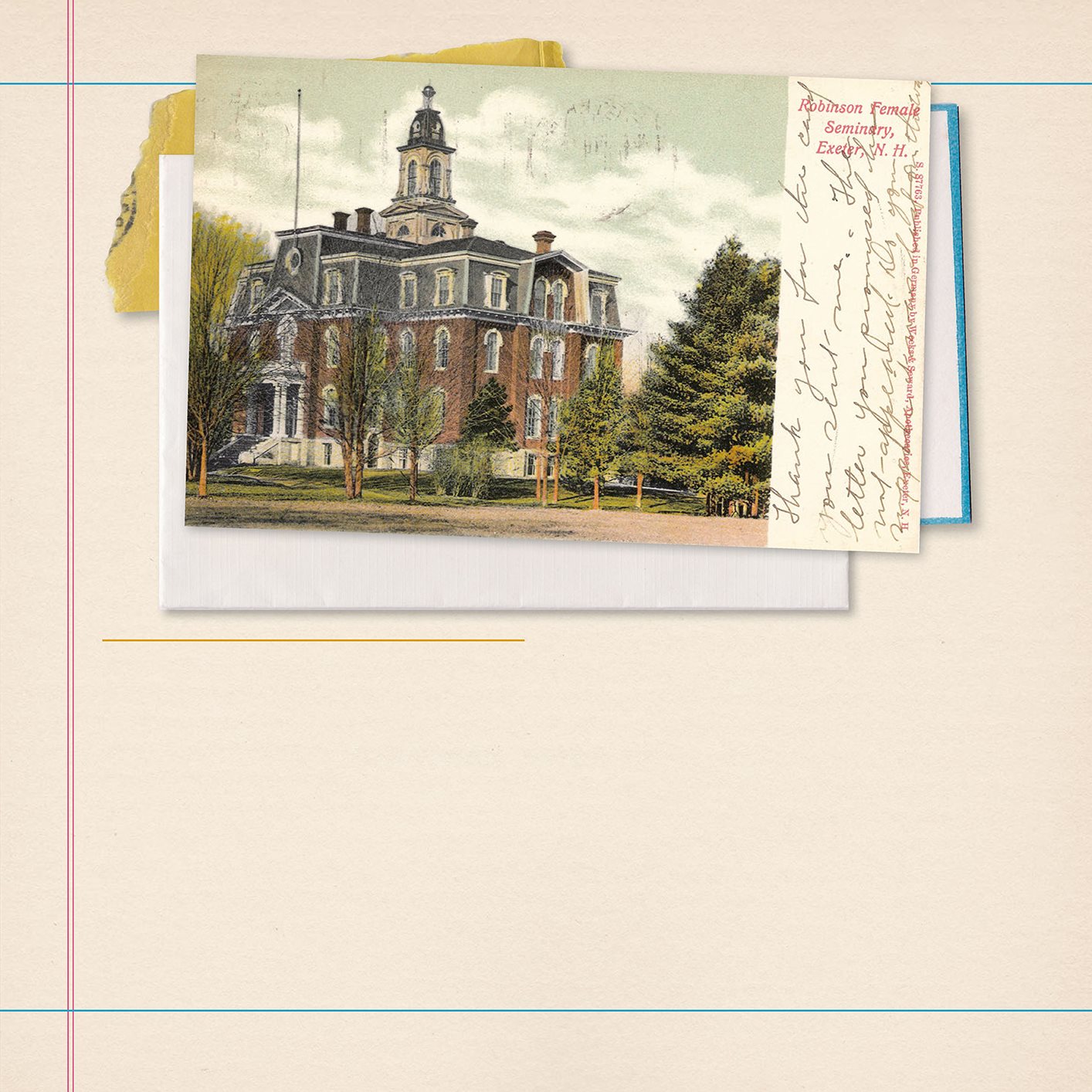
a poor family and in a day when academic
opportunities for women were scarce,
Mary was intent on getting a good educa-
Mary was born on May
16, 1852, in Farmington,
New Hampshire.
Though from
Robinson Female Seminary in Exeter, New Hampshire, where Mary attended school
tion. When her family moved to Exeter,
New Hampshire, so that Marys brothers
could attend the respected Phillips Exeter
Academy, Mary begged for a chance to
continue her schooling, too. Although it
was unusual for farm girls to attend school
beyond the eighth grade, Marys parents
supported the idea, and they enrolled
Mary and her sister, Lydia, in the newly
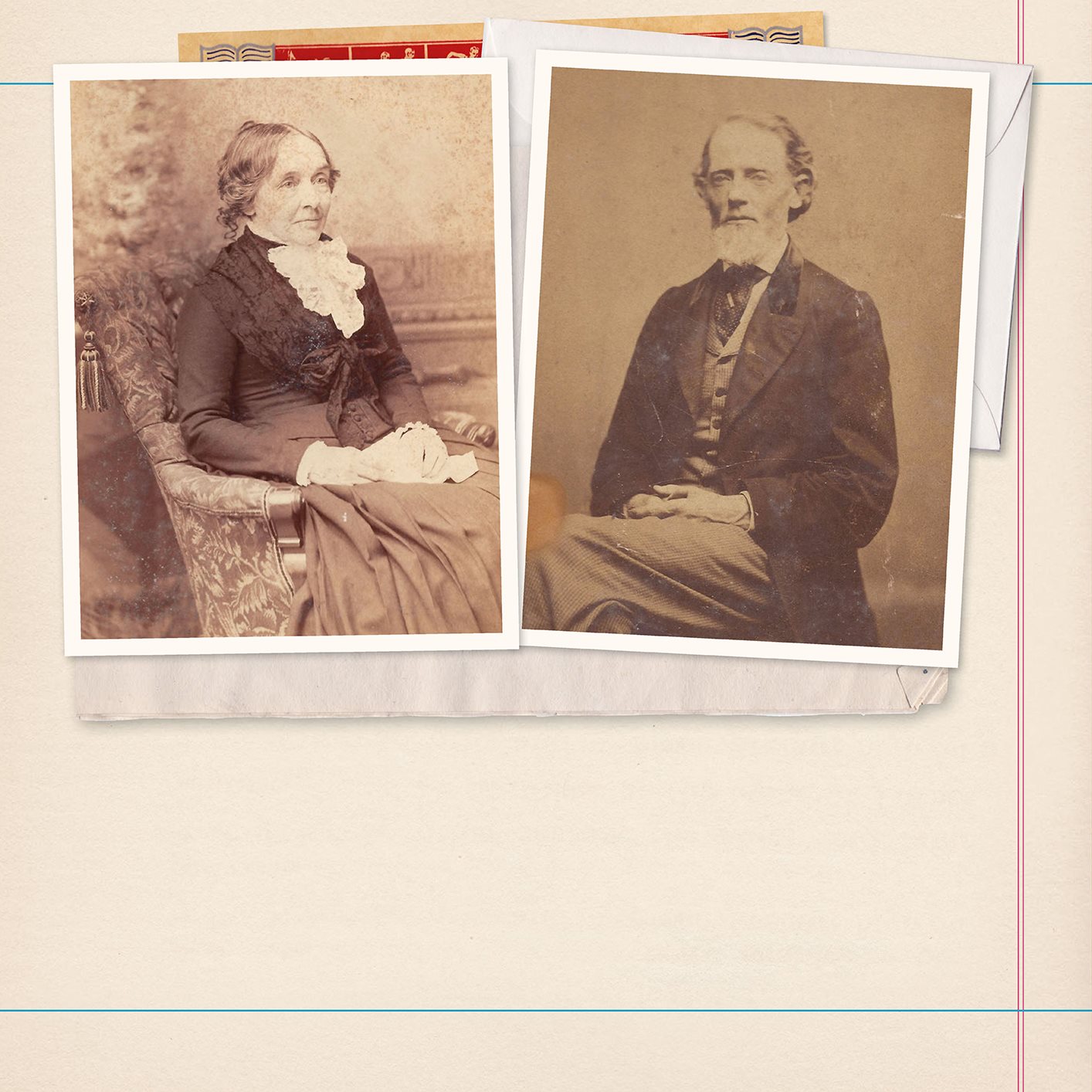
established Robinson Female Seminary
in Exetera school that was meant to be
the academic equivalent for girls of the
Phillips Exeter Academy.
Mary loved her time at the seminary.
She graduated in 1873, but continued
Marys mother, Mary Lemist Lancaster Titcomb
Marys father, George Alfred Titcomb
to study French and German there as an
unmatriculated student for several more
years.
As Marys brothers began leaving home
to start their careers, Mary wanted to do
something, too.
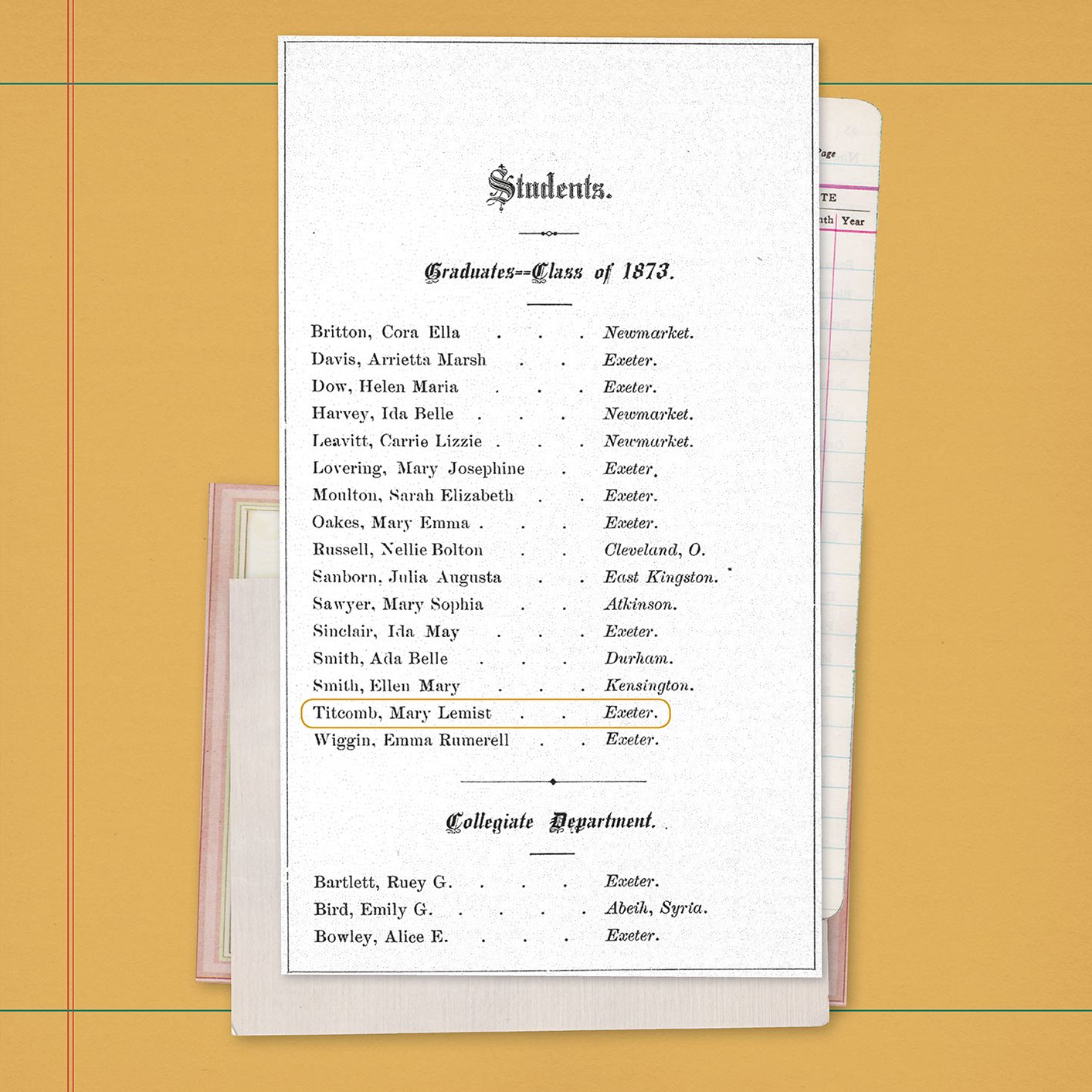
Robinson Female Seminary catalogue. Graduating class of 1873
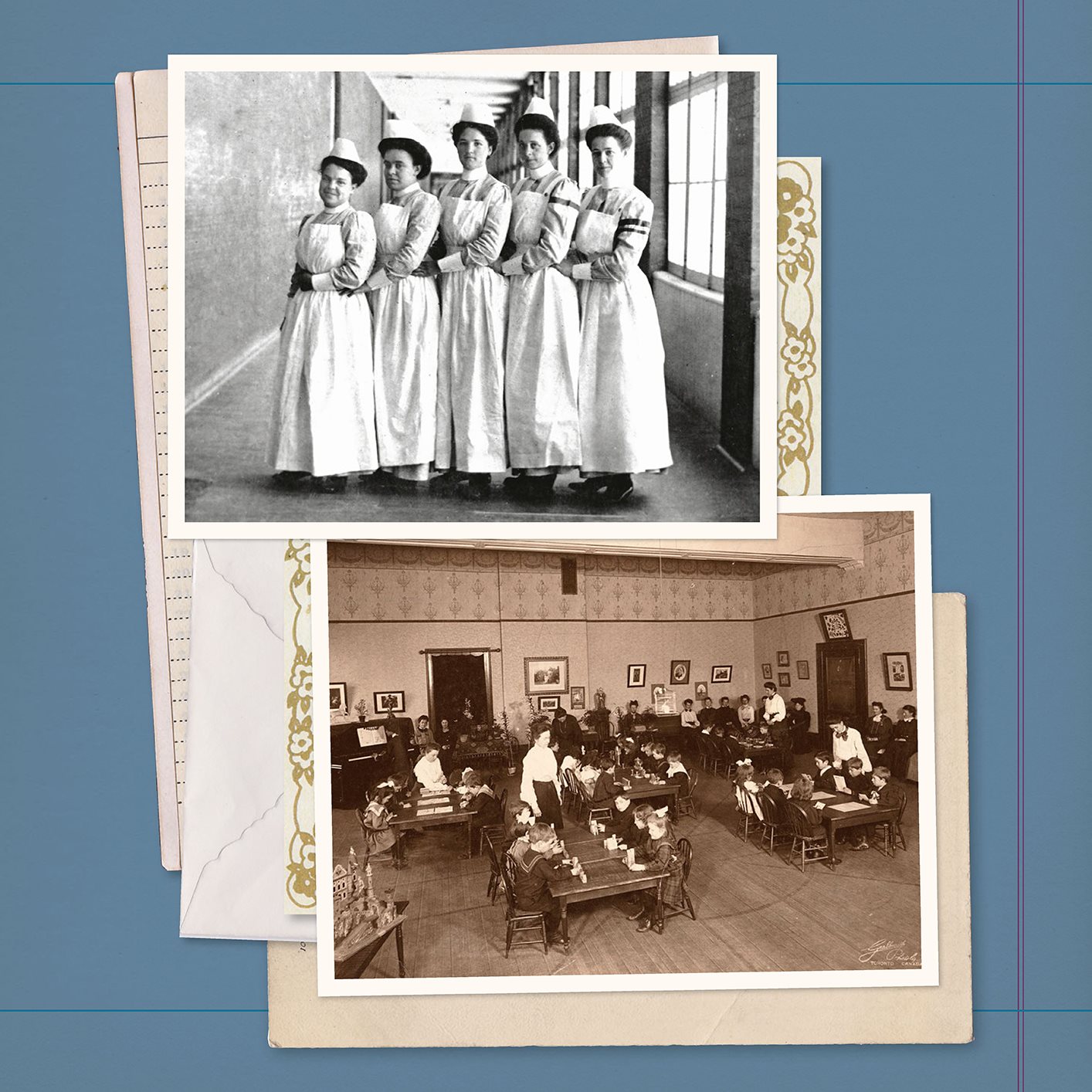
Nursing and teaching were two of the few careers available to women at this time.
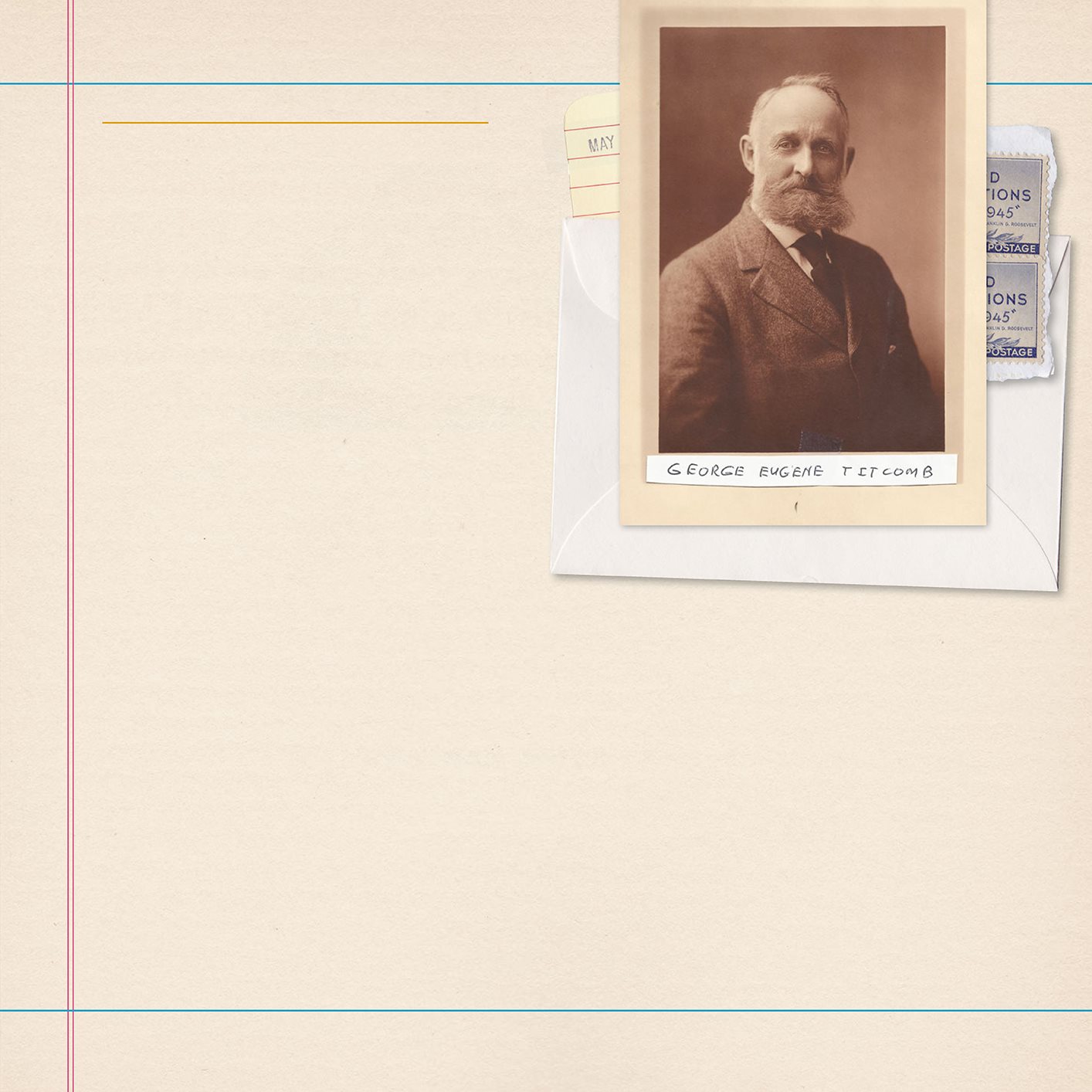
Unfortunately, aside
from teaching and
nursing, not many
careers were open to
women in the
mid-nineteenth
for a bookworm like her. But no formal
training schools for librarians existed yet;
she would have to learn the profession as
an apprentice.
Moving to Concord, Massachusetts, where
her brother George lived, Mary began
working in the library there as an unpaid
assistant. She learned everything she could
about librarianshipbook acquisitions,
Marys brother Dr. George Eugene Titcomb
century. Her brother George became a
doctor, so Mary thought she might try
nursing. But she grew queasy at the mere
sight of blood. And, because she felt she
lacked patience, she did not think she was
well suited for teaching.
One day, Mary read an article in a church
bulletin about an emerging new fi
eld of
worklibrarianship. Mary had always loved
reading. She couldnt imagine anything bet-
ter than being a librarianworking all day


